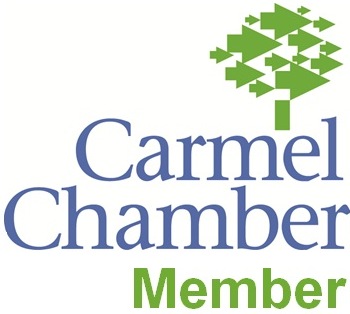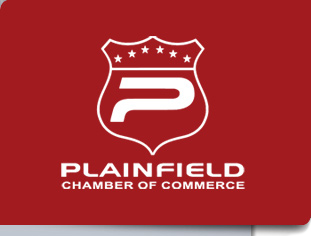Do You Have a Plan for Managing Your Risk?
by David Rice
How does your facility manage its risk? Do you have a plan? More to the point, do you have a Risk Management Plan (RMP) in place at your facility? Should you have an RMP at your facility? Do you even know what an RMP is or who is required to have one? If not then it may be time to take stock of what substances are in your facility’s processes and determine if you are applicable to RMP requirements. Chemical safety has become an increasingly popular topic over the last several years, led by the implementation of the Global Harmonization Standard in March 2012 and highlighted by incidents at Geismar, Louisiana; West, Texas; Memphis, Tennessee; Richmond, California and other events where chemical safety was compromised and lives were permanently impacted. So the question is how are you managing the risks associated with the chemicals at your facility?
Risk Management Plans came into existence when the Clean Air Act Amendments of 1990, and particularly Section 112r, were passed by Congress. These amendments provided regulations and guidance for the prevention of accidental chemical releases at facilities using substances that pose “the greatest risk of harm from an accidental release.” (The list of regulated substances can be found at http://www.epa.gov/emergencies/content/rmp/index.htm) For those facilities that possess certain flammable and toxic substances the requirement for the development and implementation of a Risk Management Plan was born. By the end of 2008, the United States Environmental Protection Agency (USEPA) had received RMPs from about 14,000 facilities.
Facilities that manufacture, use, store, or otherwise handle more than a threshold quantity of a listed regulated substances in a process, must develop and implement an RMP for all covered processes. The US EPA defines a “process” as any activity, involving the regulated substance, including the usage, storage, manufacturing, handling, or onsite movement of the substance, or any combination of these activities. RMP applicable processes does not include off-site transportation of the regulated materials, however, containers used for the storage not incident to transportation and transportation containers connected to equipment at a stationary source are considered part of the stationary source, and are potentially applicable to coverage under the regulation.
RMP regulations requires applicable facilities to conduct a hazard assessment to identify and determine the potential effects of an accidental release; review the accidental release history of the facility’s covered process for the previous five (5) years; conduct an evaluation of the worst-case and alternative accidental release scenarios; develop and implement an accident prevention program that addresses process safety precautions and maintenance, monitoring, and employee training; and develop and implement an emergency response program which includes procedures for informing the public and response agencies should an accident occur.
Once a facility has determined that it does possess a substance at or above the threshold quantity then it must determine which Program Level the process falls into. Under RMP regulations there are three potential Program Levels which a process may be applicable to, and each Program Level has its own specific requirements for managing the potential for a release.
- Program Level 1 - processes are processes that would not affect the public in the event of a worst-case release scenario and where there have not been any accidents with specific off-site consequences with the previous five (5) years.
- Program Level 2 - processes are those processes that do not qualify for either Program Level 1 or 3, however, they are are required to develop an accident prevention program, and have in place additional procedures for hazard assessments, process management, and emergency response.
- Program Level 3 - processes are those processes that are not applicable to Program Level 1 or 2 and is either applicable to OSHA’s Process Safety Management (PSM) standards or is classified in one of ten specified North American Industrial Classification System (NAICS) codes. If a facility’s process is applicable to Program Level 3 then the OSHA PSM standard will serve as the covered process’s accident prevention program, however you more advanced hazard assessment, process management, and emergency response procedures will need to be developed and implemented.
Once you have determined that you are applicable to an RMP Program Level, what are the next steps? The first step is to conduct and document a worst-case and alternative release analysis. Next, document your facility’s five-year accident release history. Then, develop and implement an accident release management system that is appropriate for the process and your facility. At that point, if you are a Program Level 2 or 3 facility you will need to develop and implement an accident prevention, process maintenance, and employee training programs for the process. You are now ready to prepare and submit your RMP to the US EPA via the RMP*eSubmit program through the Central Data Exchange (CDX) online system. The RMP is a nine section document that must be reviewed, updated, and resubmitted to US EPA every five years, or whenever there is a qualifying change to the facility, process or program.
As you can see there is a lot to wrap your hands around when it comes to managing chemical risk at your facility. Please join August Mack on January 21, 2015 for our webinar presentation, “Do You Have a Plan for Managing Your Risk?” where we will delve further into what you need to know as it relates to the RMP regulations and requirements.










